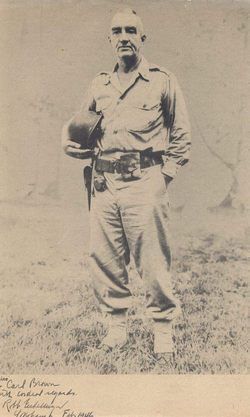Monuments
11th Airborne Division- Tagaytay Ridge Airborne Landing Marker
US-Filipino Amphibious Landing at Nasugbu Memorial
Clifford Square -24th Infantry Divsion
Bottcher Heroic Stand Marker - 32nd “Red Arrow Infantry” Division
32nd "Red Arrow" Infantry Division - Fallen Buddies Plaque
Panay Landing Memorial- 40th Infantry Division
Zamboanga Landing Memorial-41st Infantry Division
Battle of Biak Museum and Japanese Cave
Southwest Pacific Area Command (MacArthur) HQ Monument

Robert L. Eichelberger, in full Robert Lawrence Eichelberger, (born March 9, 1886, Urbana, Ohio, U.S.—died September 26, 1961, Asheville, North Carolina), U.S. Army general who during World War II retrieved strategic Japanese-held islands, thus helping to end the war in the Pacific.
A 1909 graduate of the U.S. Military Academy at West Point, New York, Eichelberger served with the American Expeditionary Force in Siberia during the Russian Civil War (1918–20) and later was superintendent of West Point (1940–42).
Eichelberger first saw action in World War II when he was summoned (December 1942) to revitalize the U.S. front in Buna, on the island of New Guinea. The following month, with the support of the 18th Australian Brigade, he directed a successful attack on this strongly fortified enemy position—one of the first ground victories against the Japanese in the war. In September 1944 he took command of the newly activated U.S. Eighth Army in Netherlands New Guinea. The following months saw him effectively employing amphibious tactics to lead his forces through many severe island engagements, particularly on New Guinea and New Britain. In 1945 he launched the Philippines reoccupation campaign, cleaning up Japanese resistance on such strongholds as Mindanao by August. With the total Japanese surrender that month, Eichelberger shortly landed a small detachment at Atsugi Air Field to begin the Allied occupation of Japan. For the next three years he directed all Eighth Army military government units throughout that country.
